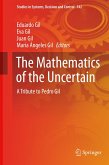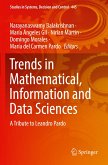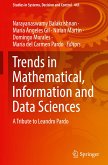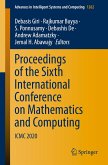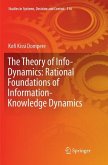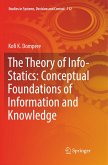This book is a tribute to Professor Pedro Gil, who created the Department of Statistics, OR and TM at the University of Oviedo, and a former President of the Spanish Society of Statistics and OR (SEIO). In more than eighty original contributions, it illustrates the extent to which Mathematics can help manage uncertainty, a factor that is inherent to real life. Today it goes without saying that, in order to model experiments and systems and to analyze related outcomes and data, it is necessary to consider formal ideas and develop scientific approaches and techniques for dealing with uncertainty. Mathematics is crucial in this endeavor, as this book demonstrates. As Professor Pedro Gil highlighted twenty years ago, there are several well-known mathematical branches for this purpose, including
Mathematics of chance (Probability and Statistics),
Mathematics of communication (Information Theory), and
Mathematics of imprecision (FuzzySets Theory and others).
These branches often intertwine, since different sources of uncertainty can coexist, and they are not exhaustive. While most of the papers presented here address the three aforementioned fields, some hail from other Mathematical disciplines such as Operations Research; others, in turn, put the spotlight on real-world studies and applications.
The intended audience of this book is mainly statisticians, mathematicians and computer scientists, but practitioners in these areas will certainly also find the book a very interesting read.
Mathematics of chance (Probability and Statistics),
Mathematics of communication (Information Theory), and
Mathematics of imprecision (FuzzySets Theory and others).
These branches often intertwine, since different sources of uncertainty can coexist, and they are not exhaustive. While most of the papers presented here address the three aforementioned fields, some hail from other Mathematical disciplines such as Operations Research; others, in turn, put the spotlight on real-world studies and applications.
The intended audience of this book is mainly statisticians, mathematicians and computer scientists, but practitioners in these areas will certainly also find the book a very interesting read.


